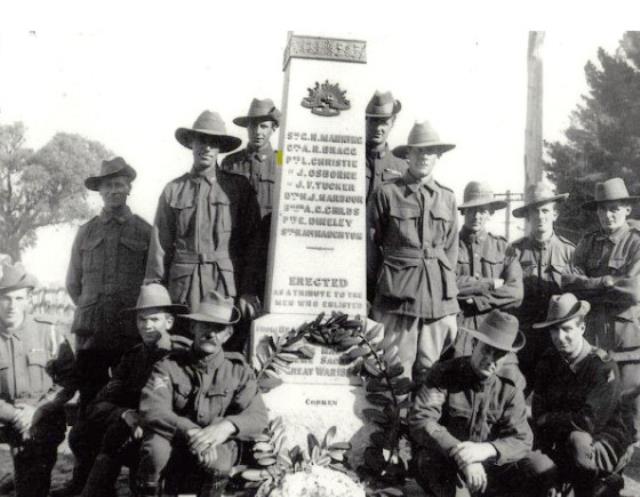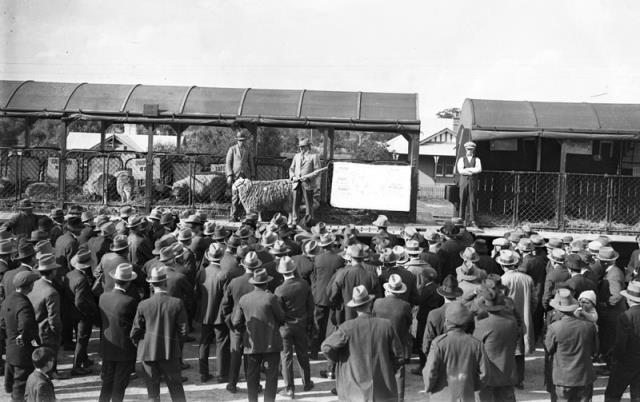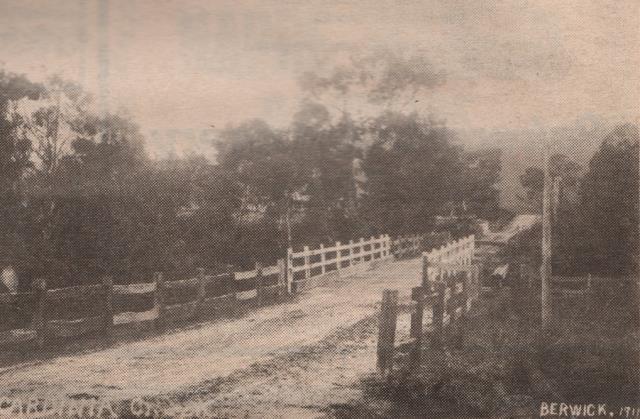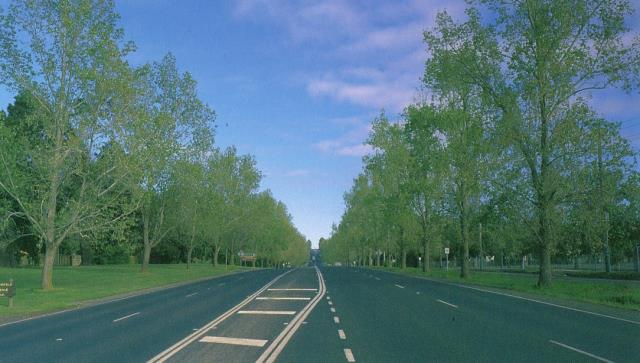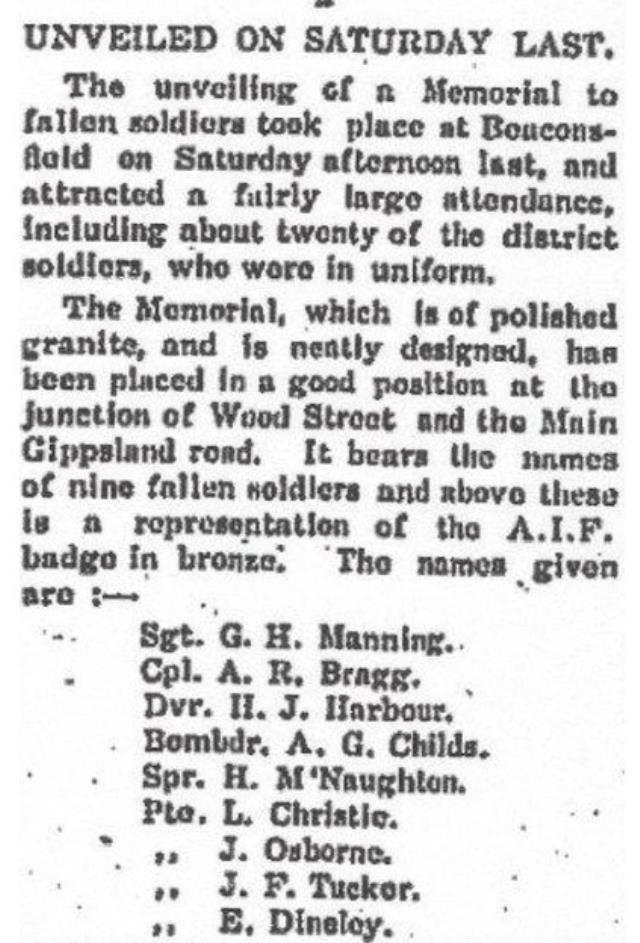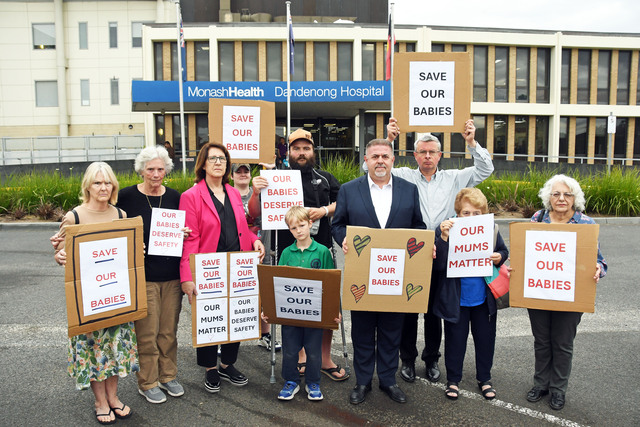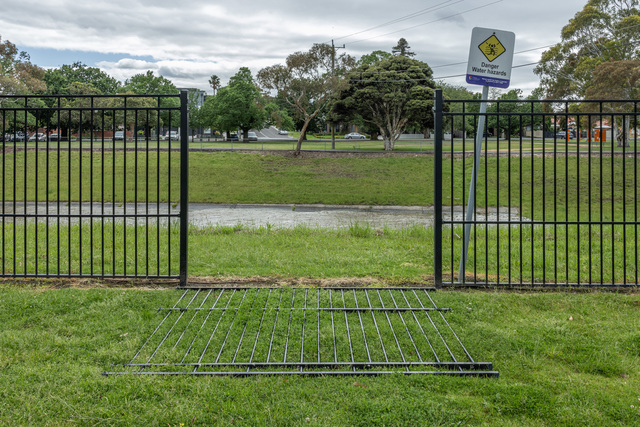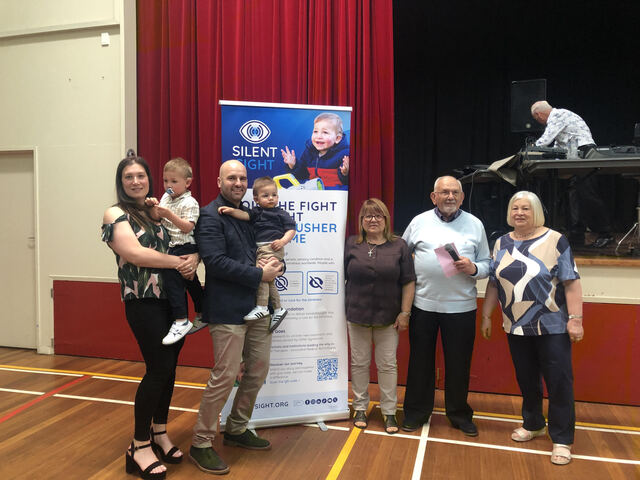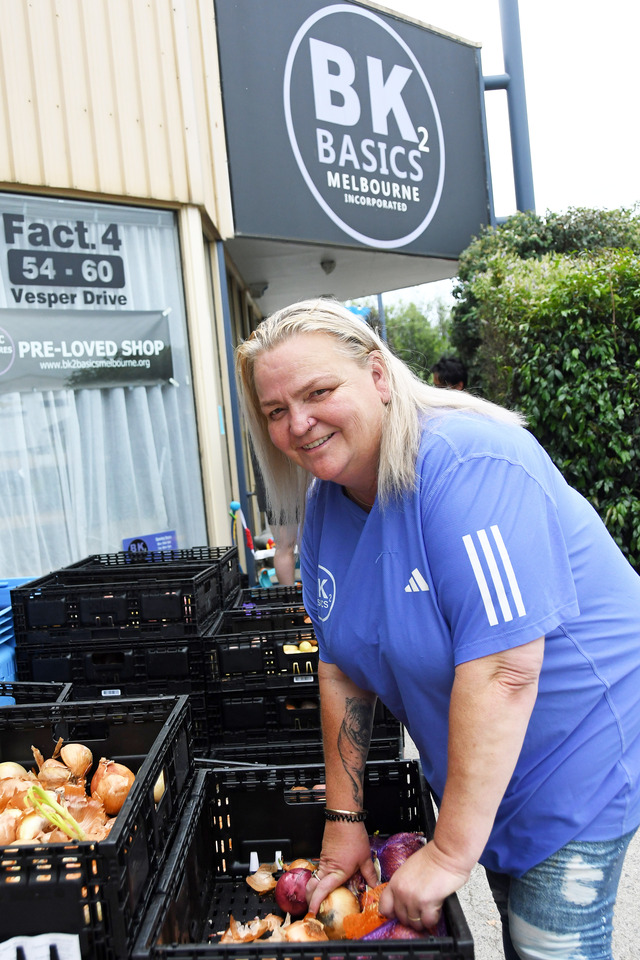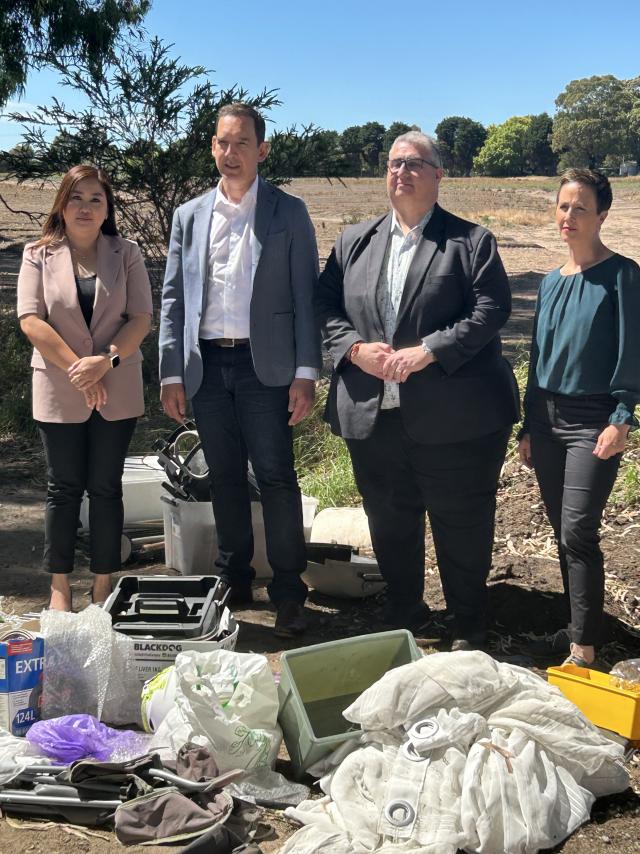PRECEDE
Soldiers Road in Berwick is one of the many tributes laid out by locals to commemorate the sacrifice made during World War I, as NEIL LUCAS explains in his latest look at the significance of place and street names in the region, around land set aside for the returning soldiers.
Soldiers Road, Berwick
During the First World War the Berwick and Beaconsfield communities took up what they considered to be their responsibilities to encourage young men to engage in the perils of warfare overseas in support of King and country.
There were 417,000 Australian men and women who served during World War ,1 of which 332,000 embarked for active service. Of the latter number 60,000 died and 152,0000 were wounded.
This was a huge cost to the young nation Australia and the Berwick and Beaconsfield communities shared that awful cost, with 600 men living in the shire having served in the war. (The Shire of Berwick at the time covered the farming districts from the Dandenong Creek to the Bunyip River east of the Bunyip township.)
The local communities generally encouraged their young men to enlist and there were many farewell functions prior to the soldiers embarking for overseas.
One such event in September 1915 saw Andrew Chirnside, the owner of Edrington, sponsor the attendance of a pipe band from Melbourne which arrived on the evening train, marched to Edrington for refreshments, then proceeded to the Beaconsfield township where they played on the street prior to providing further entertainment to a large crowd at the Beaconsfield Hall. There was a short musical program and then a number of farewell speeches for 10 young men who were to shortly embark to Europe. Each was presented with a wrist watch and a pipe.
The Chirnsides continued to be great supporters of the war effort.
In 1915 the Argus newspaper recorded Andrew Chirnside donating a gramophone to the Mont Park Convalescent Home to entertain the sick and wounded soldiers.
The Berwick Shire News and Cranbourne and Pakenham Gazette reported on 15 March 1916 that Mr Chirnside had “shown his patriotism and liberality by contributing some thousands of pounds to the various patriotic funds since the outbreak of war”.
The newspaper report said he had again come forward with a most generous donation, giving 500 pounds for the first button of an order of 200,000 for Lady Hennessy’s Patriotic Day on 24 March, ‘For Our Fighting Men’. “It is stated that this probably constitutes a world’s record price for a button. The button was specially made, with a rolled gold mount, and placed in a sealed envelope. The next 20 buttons made were reserved for sale. For one of these 24 pounds has been given and 10 pounds each for three others.”
On 11 April 1917 the Berwick Shire News reported that Mr Chirnside had donated 1000 pounds to the Société Maternelle et Infantile of France and the sum had been cabled to Paris. “No gentleman in Australia has shown a more generous and patriotic spirit during the war period than Mr Chirnside,” the paper declared. “His contributions to the various relief funds amount to many thousands of pounds.”
At a council meeting in August 1916, Berwick Shire Councillors discussed the need to support the district’s returned soldiers. The local paper reported – “Cr Close introduced the question of formulating a scheme for the settlement of returned soldiers who had enlisted from the shire being settled in suitable positions in the shire, instead of being drafted to other districts which they know nothing of. There was a central Committee or Board in Melbourne, and this shire should take the initiative in urging that the returned men should not be sent to other parts of the State.” Council agreed with Cr Close’s view and resolved to write to all councils in Victoria on the matter.
The concept of settling returned soldiers on the land had been discussed by both Federal and State Parliaments from the early days of the war and in 1917 the Victorian Soldier Settlement Scheme was created with the aim of leasing land for farming purposes to returned servicemen.
The government purchased a number of large rural estates, subdivided them into smaller farming blocks and sold or leased them to discharged service-people. Around 11,000 farms were created and between 1918 and 1934, 11,639 returned servicemen were allocated blocks. The government sought to assist those who had taken up land in providing advice on animal husbandry and other farming activities, but not all of those who took up land succeeded. In fact, by 1939, 60% had left their blocks.
In April 1918, Andrew Chirnside decided to offer the government 486 acres (197 hectares) of his Berwick Edrington estate for soldier settlement. The government dispatched an officer from the Closer Settlement Board who reported that the land offered was a valuable addition and eminently suitable. He suggested that the land be used for potatoes and other root crops, and it was noted by the government that a water supply from the new Mornington and Naval Base Scheme would be available.
This generous offer, which was noted in newspapers locally, in Melbourne, and interstate, was accepted by the government. The local history book In the Wake of the Pack Tracks published in 1982 notes “Andrew Chirnside of ’Edrington’ gave 538 acres of land, and new houses, for nine local men returning from service in the First World War”. The final area given may have been larger than that which Chirnside had originally proposed.
The land donated for the soldiers was adjacent to the Cardinia Creek. Chirnside divided the land into nine allotments and built a house on each for the soldiers. One allotment was north of the railway on the southern portion of what is now Haileybury College.
The property was accessed across the railway line through gates on each side. Here, Robert Adamson and his family developed the farm growing barley, potatoes and wheat. A group of smaller allotments were located south of the railway in the area now developed as residential properties including Adamson Road and Slingsby Avenue. The remainder fronted the east side of the road through Chirnside’s property which became known as Soldiers Road.
In addition to Robert Adamson, the other returned soldiers who benefited from Chirnside’s generosity were William Harbour, who established a dairy herd, Alexander May, Victor Luke, Henry Nixon – another who pursued dairying, John and James Adamson, Thomas (Fred) Barnett, and Ernest Gardiner.
Gardiner had been one of the first from the district to serve in the war but following his wounding, returned to Berwick in 1915 – he indicated “if I was fit, I would return to the front again”. Gardiner’s property comprised 188 acres (76 hectares) and was located over what is now the Kingsmere Estate and, on the east side of Princes Freeway, Brookvale Close and its adjacent parkland.
It is interesting that Andrew Chirnside, who lived in Berwick, provided land mainly for servicemen who, on enlistment, had lived in Beaconsfield. It seems that Berwick and Beaconsfield at that time were very much the same district.
Further evidence of this was the planting of the Avenue of Honour in 1919 on the east side of the Berwick Hill in recognition of the service of Beaconsfield men who had served. This avenue was referred to in the Gazette in October 1929 as the Beaconsfield Avenue of Honour. On a similar note, the Roll of Honour unveiled at a service at the Berwick Church of England in 1916 recorded “the names of some who had gone forth to do their duty” included the names of servicemen from both Berwick and Beaconsfield.
Beaconsfield Servicemen from World War I are remembered in a number of ways. The Beaconsfield Honour Board which can be viewed at the Beaconsfield Community Complex in O’Neil Road, the Beaconsfield Cenotaph on the Corner of Woods Street and Old Princes Highway, and the Beaconsfield Avenue of Honour Plaques in Beaconsfield Park, on the corner of Beaconsfield- Emerald Road.
Beaconsfield Progress Association has published a booklet Beaconsfield Avenue of Honour – Servicemen Remembered. The booklet is available from Beaconsfield Progress Association and can be viewed on its website at www.beaconsfield.org.au/digitalmemorial/soldiers/

